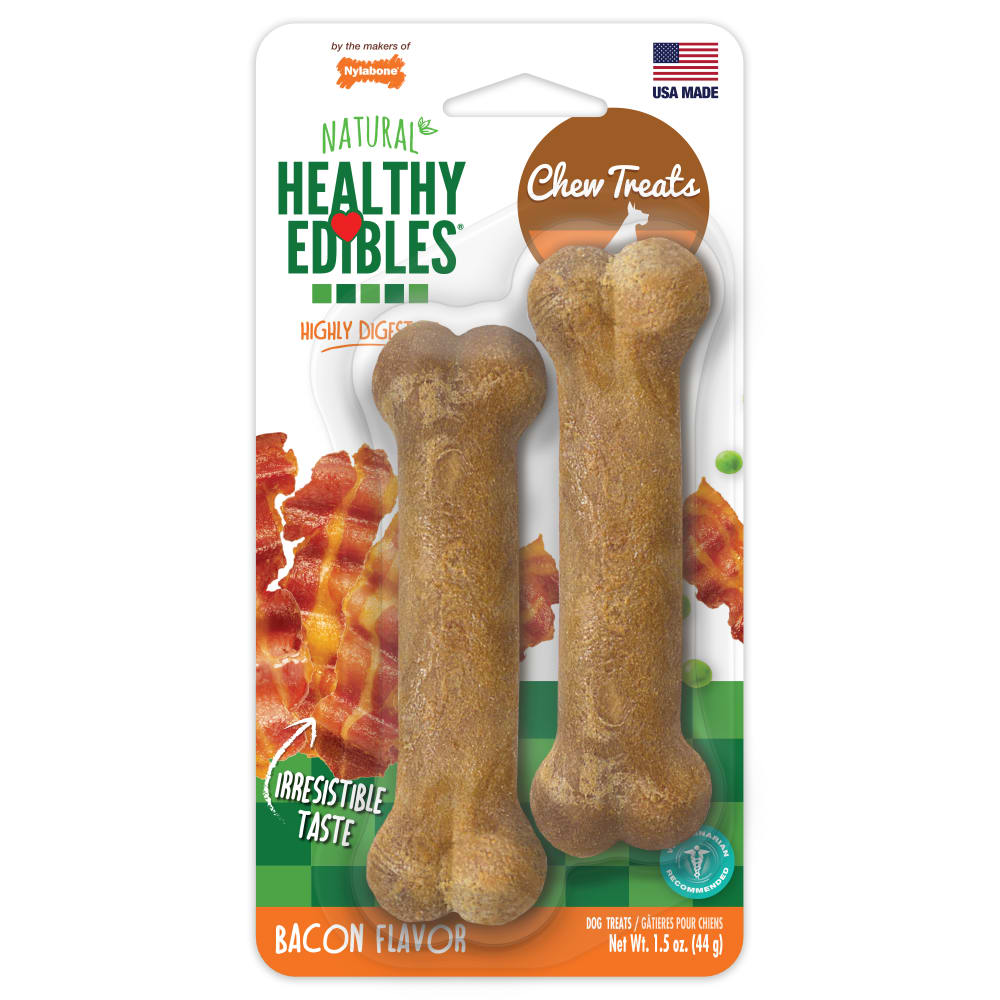Pembroke Welsh Corgi Dog Breed
Country of Origin: Wales
Height: 10–12 inches
Weight: Males 22–30 pounds, females 20–28 pounds
Coat: Double coat with short, thick, weather-resistant undercoat and longer, coarser outercoat
Colors: Red, sable, fawn, black and tan; may have white markings
Registries (With Group): AKC (Herding); UKC (Herding)
Pembroke Welsh Corgi Personality Traits
Pembroke Welsh Corgis are an intelligent and devoted breed. They are excellent watchdogs, and take caring for their family seriously. This playful and lovable breed wants nothing more than to accompany his family wherever it goes and be included in the action. Corgis are good with children, especially if raised with and socialized with them. Pembrokes like to bark and can be a bit more excitable than their Cardigan cousins. They are initially wary of strangers and can be territorial. Socialization from puppyhood helps them gain confidence in different situations.
Origin and History
The Pembroke Welsh Corgi (tail-less) shares the same heritage as the Cardigan Welsh Corgi (long-tailed)—in fact, they were considered the same breed until 1934. Their heritage is a particularly ancient one, as it is believed that a dog resembling the Cardigan came to the part of Wales now known as Cardiganshire when the Celts migrated there more than 1,000 years BCE. The Pembroke came to Wales a little later—around the 10th century—and was named after the area of Pembrokeshire. The derivation of the name "Corgi" may be attributed to the Celtic word for "dog" (corgi). Other tales passed on through generations say that the little dogs were named for cor ("dwarf") and gi ("dog") or for cwr, which in Welsh means "to watch over."
The Corgi's size made him ideal for working with cattle because they could nip at the livestock's heels while avoiding being kicked. This trait became particularly valuable to working Welsh crofters (farmers) when the British Crown created a rule that decreased the size of their land to a few fenced-in acres, and declared all other land common land, where cattle could be grazed. The Corgi's style of working actually drove the cattle farther afield rather than keeping them herded together, which allowed for a larger grazing area.
Competition among crofters for grazing land became fierce, and the Corgis helped define areas. Eventually, the Crown abolished this practice, and the crofters were able to own and farm their own land. This led them to use more traditional herding dogs, and the Corgi found himself more frequently by the hearth than in the fields.
Since the 1930s, fanciers have emphasized each breed's individualities—the Pembroke has a foxier look and straighter legs, as well as a lack of a tail. The Pembroke is the favored dog of Queen Elizabeth II.
How to Care for Pembroke Welsh Corgis
Exercise
Pembroke Welsh Corgis are able bodied and athletic. They enjoy spending time outdoors and are often found competing in the dog sports of agility, obedience, and herding. Pembrokes are happiest with a purpose, and this kind of exercise and mental stimulation keeps them truly satisfied.
Grooming
Pembroke Welsh Corgis are relatively low-maintenance dogs. Regular brushing and combing of their plush double coat are all Pembroke Welsh Corgis need to stay looking their best.
Life Span
The average life span of the Pembroke Welsh Corgi is 12 to 15 years.
Training
Pembroke Welsh Corgis are easy and fun to train. They are responsive and intelligent, learning quickly, retaining their lessons, and working with enthusiasm. They are sensitive and should never be trained with harsh methods—positive, reward-based training will bring out the best in them.
Find a Nylabone chew, treat, or toy for your Corgi or small dog by using our Custom Product Finder!
FOLLOW US!






